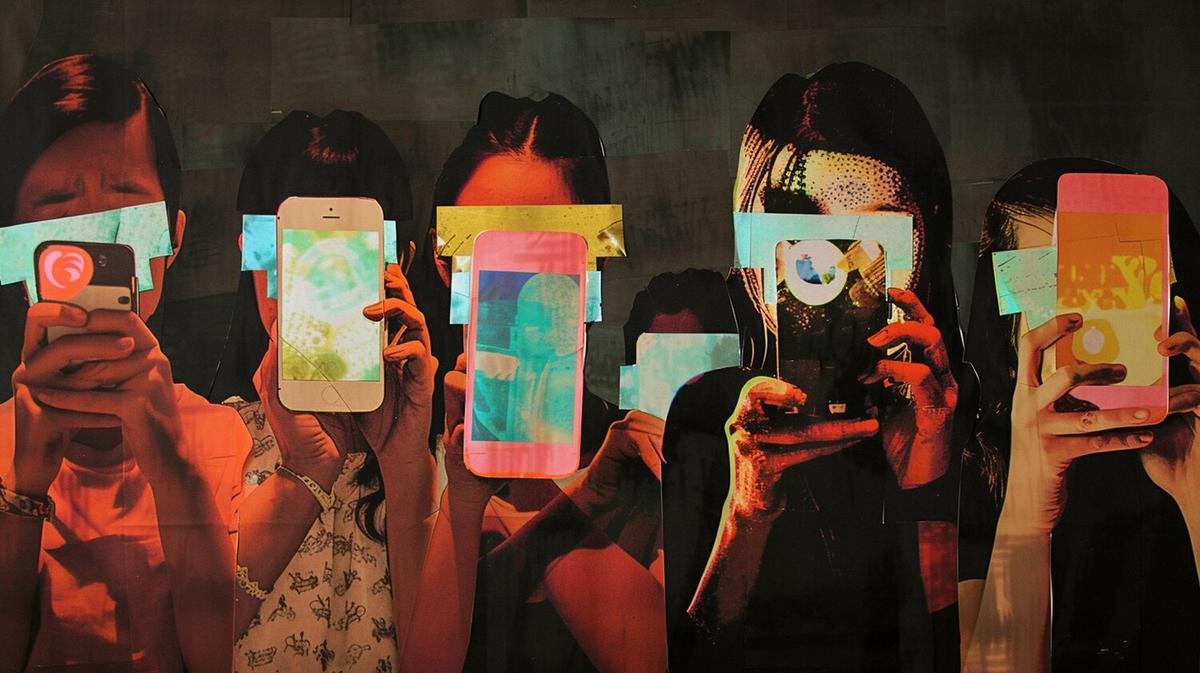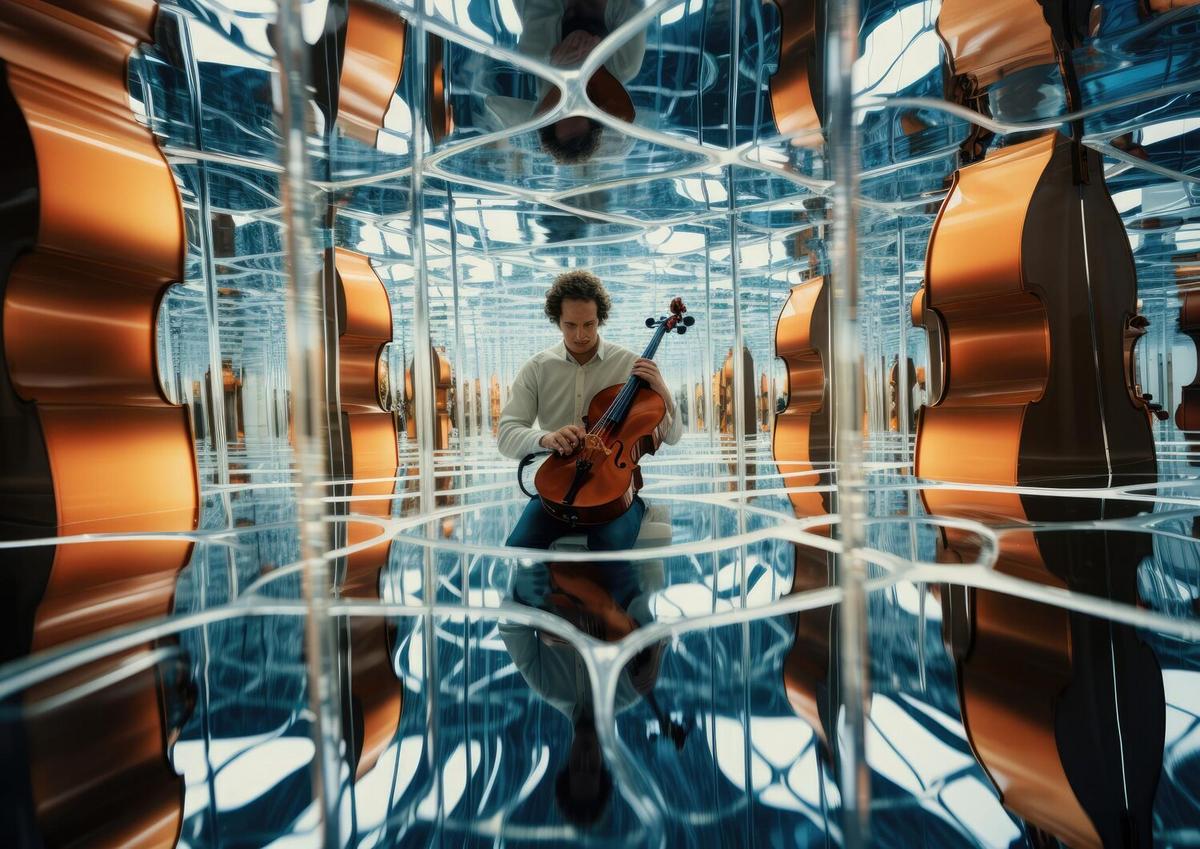Social media has undeniably become a powerful force in shaping contemporary art trends, influencing everything from creation to curation and consumption.
The Influence of Social Media on Art Creation
Social media platforms provide artists with unprecedented access to a global audience, allowing them to share their work instantly. According to a survey by Art Basel and UBS, over 90% of younger collectors use Instagram for art discovery, highlighting the platform’s role in shaping contemporary art trends.
Expert Opinions
Art critic Jonathan Jones notes that social media has democratized the art world, providing a platform for emerging artists to showcase their work without the need for traditional galleries. This sentiment is echoed by celebrated contemporary artist Yayoi Kusama, who uses Instagram to connect with fans and share her creative process.
Statistics and Research
A report from Hiscox Online Art Trade reveals that 65% of galleries use social media to drive sales, demonstrating its significance in the art market. Furthermore, platforms like Pinterest and TikTok have seen a surge in art-related content, with users actively searching for and engaging with new art trends.
Personal Anecdotes
Painter Alex Thompson found success by sharing his abstract works on Instagram. He notes, “Social media allowed me to connect with audiences worldwide, which I never thought possible from my small home studio.” This direct engagement with audiences has encouraged artists like Alex to experiment with new styles and mediums.
Actionable Tips for Artists
- Utilize hashtags to increase visibility and reach specific art communities.
- Engage with followers through comments and direct messages to build a loyal audience.
- Share behind-the-scenes content to provide insight into your creative process.
Art Curation and Consumption
Social media has also transformed how art is curated and consumed. Curators now use platforms like Instagram to discover and feature artists in exhibitions. This shift has led to more diverse and inclusive art spaces, allowing lesser-known artists to gain recognition.
Comparison Table: Social Media Platforms and Their Impact on Art
| Platform | Key Features | Impact on Art |
|---|---|---|
| Visual-centric, broad audience | Widely used for art discovery and sales | |
| Community groups, events | Useful for networking and art events | |
| Image sharing, inspiration boards | Popular for idea generation and trends | |
| TikTok | Short videos, viral trends | Engages younger audiences with dynamic content |
| Real-time updates, hashtags | Facilitates art-related discussions | |
| Professional networking | Connects artists with industry experts | |
| YouTube | Long-form videos, tutorials | Educational platform for art techniques |
| Snapchat | Ephemeral content, AR filters | Experiments with interactive art experiences |
Frequently Asked Questions
How can social media benefit emerging artists?
Social media provides a platform for emerging artists to showcase their work to a global audience, gain recognition, and connect with potential buyers and collaborators.
Which social media platform is most effective for artists?
Instagram is highly effective for visual artists due to its focus on imagery and widespread use among art lovers and collectors.
Conclusion
In conclusion, social media has significantly impacted contemporary art trends by democratizing access to art creation, curation, and consumption. Artists can leverage these platforms to reach wider audiences, engage with communities, and explore new artistic expressions. Whether you’re an artist or an art enthusiast, embracing social media’s potential can open new doors to creativity and connection.




Leave a Reply